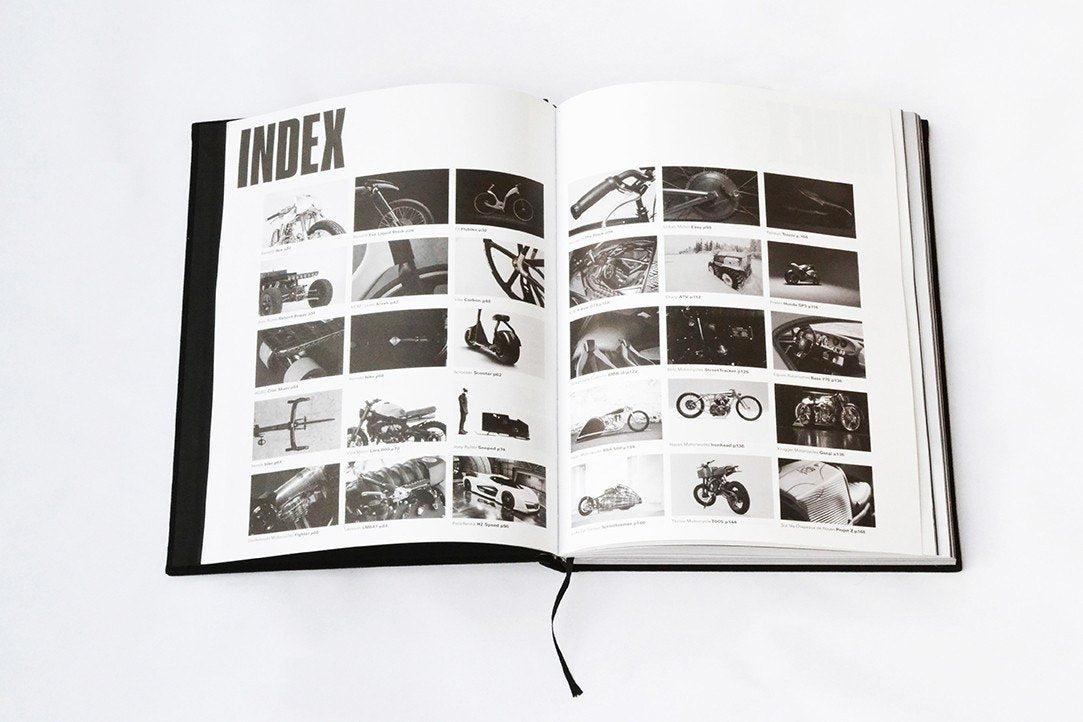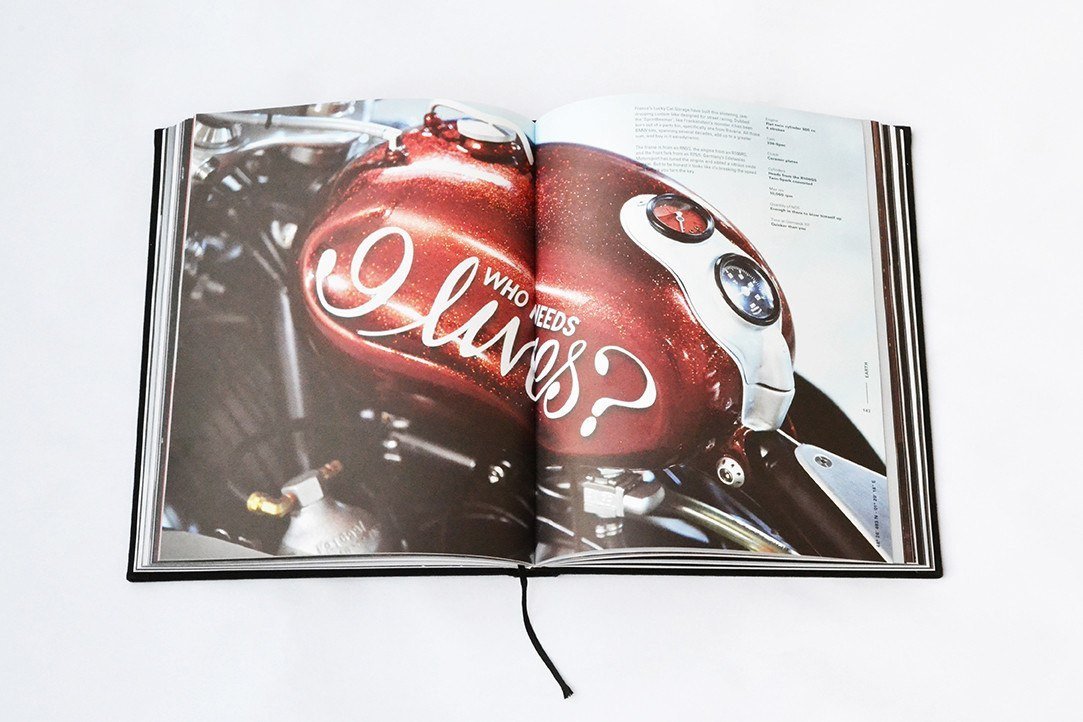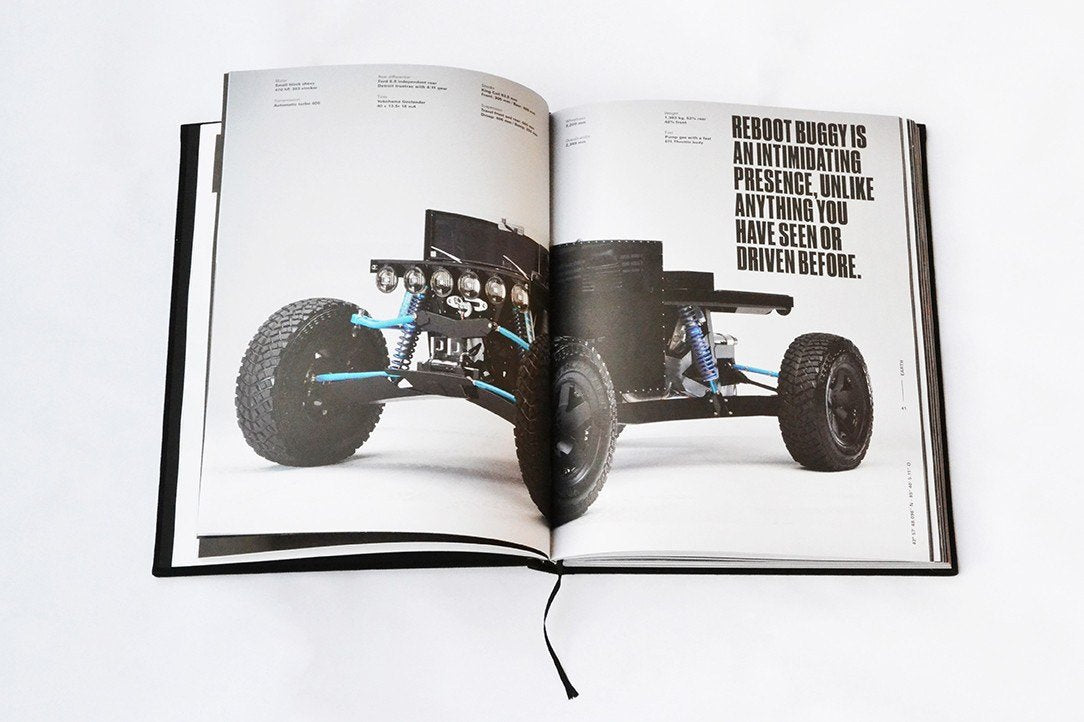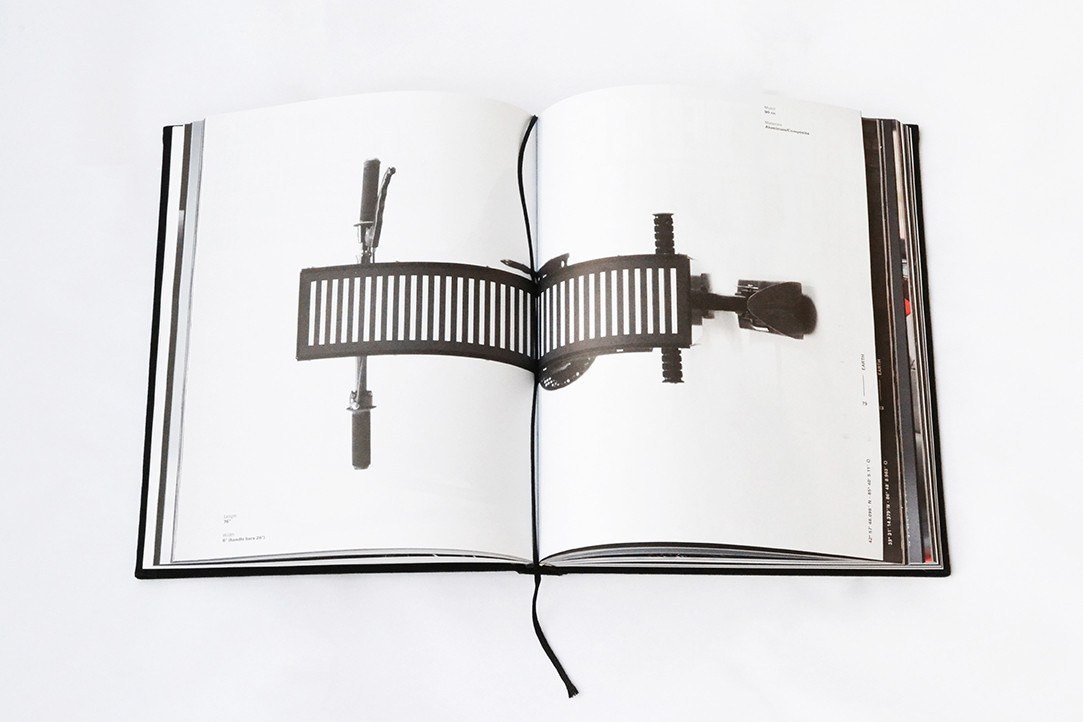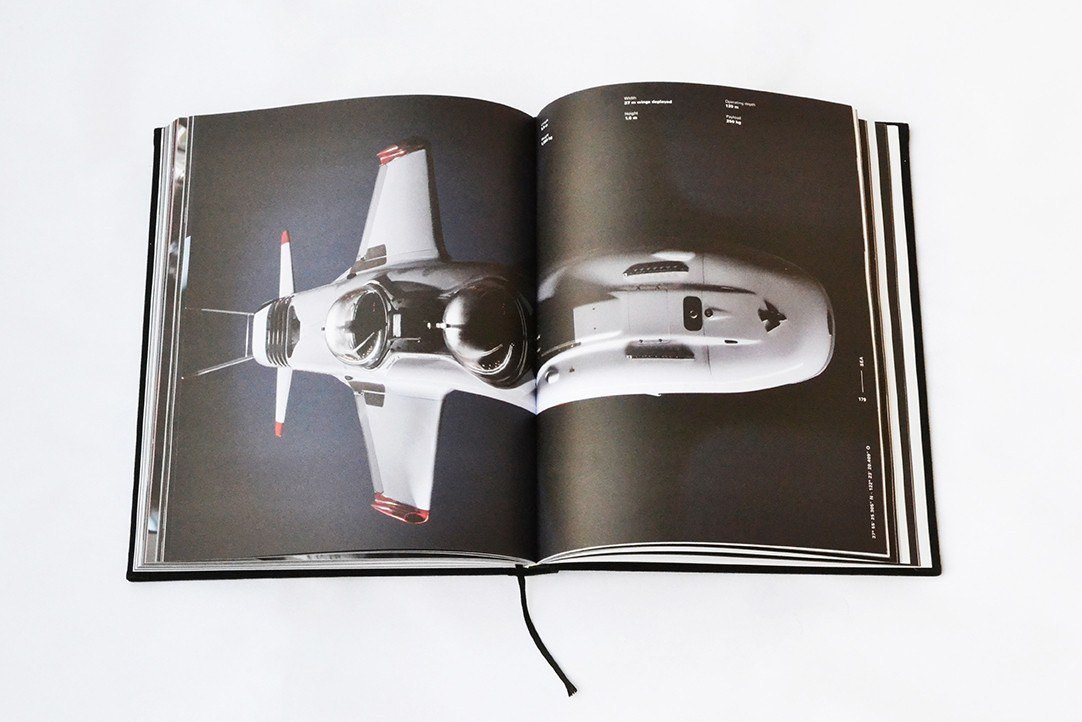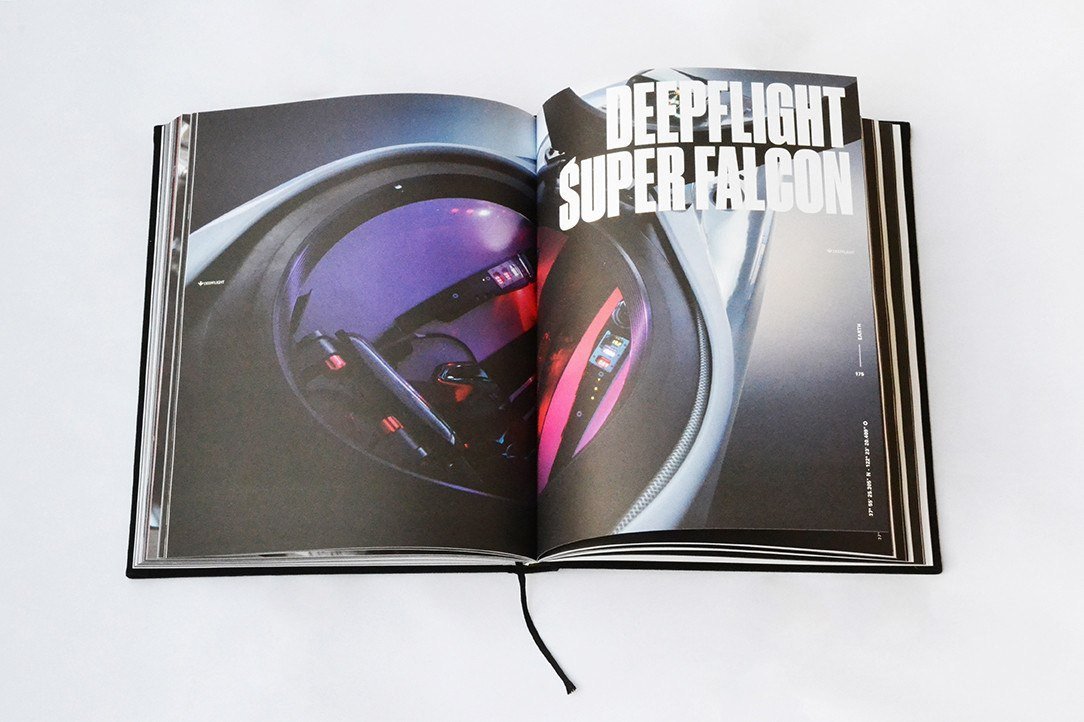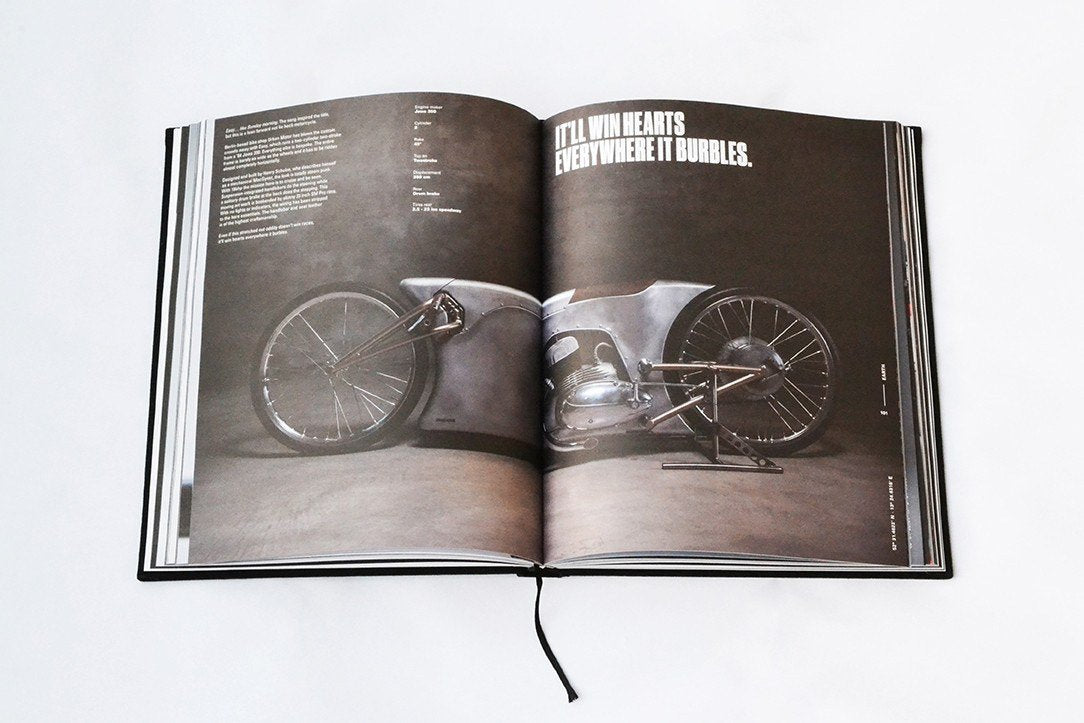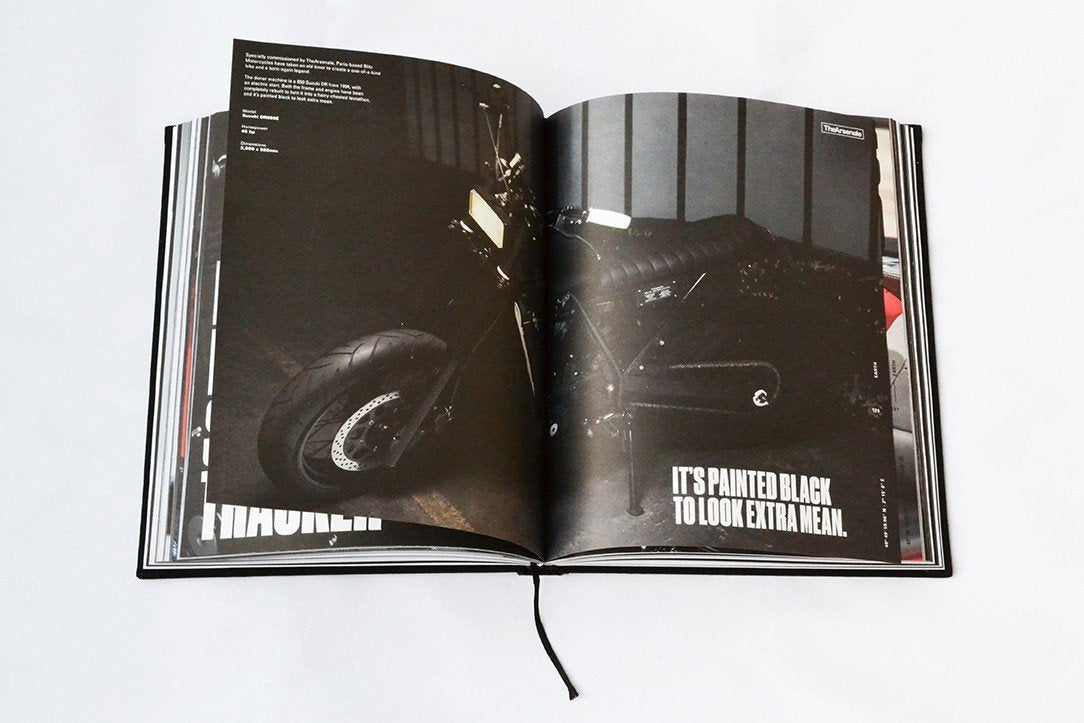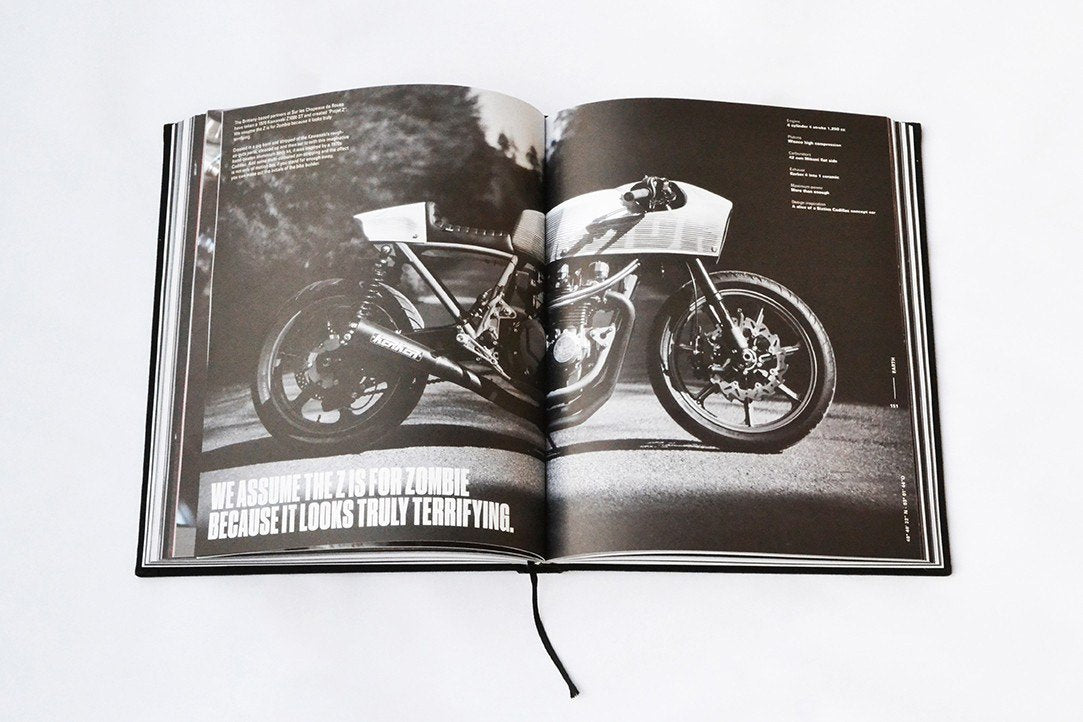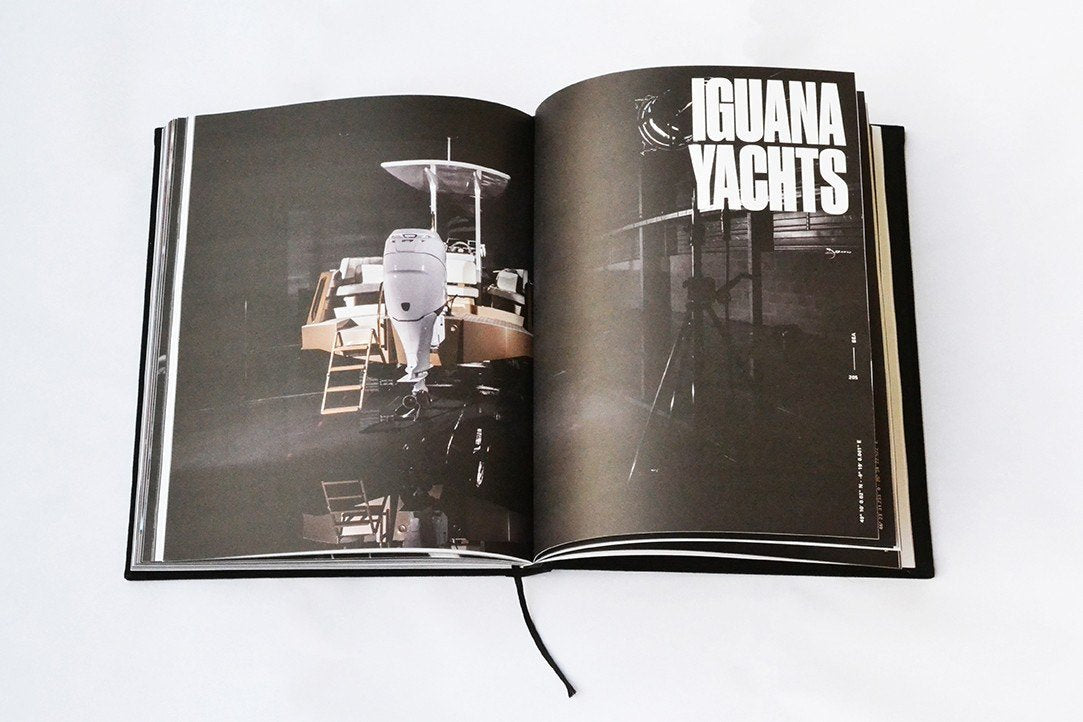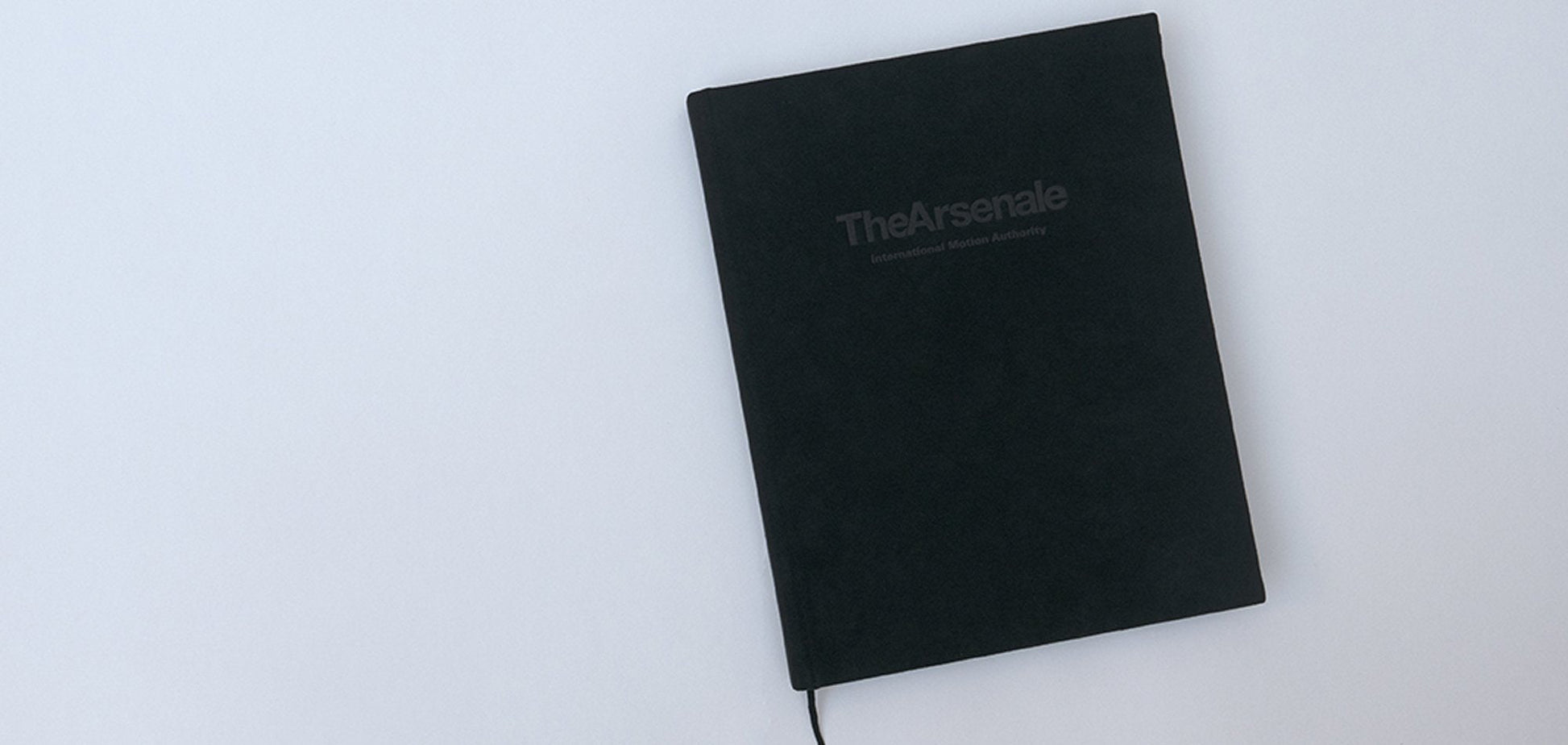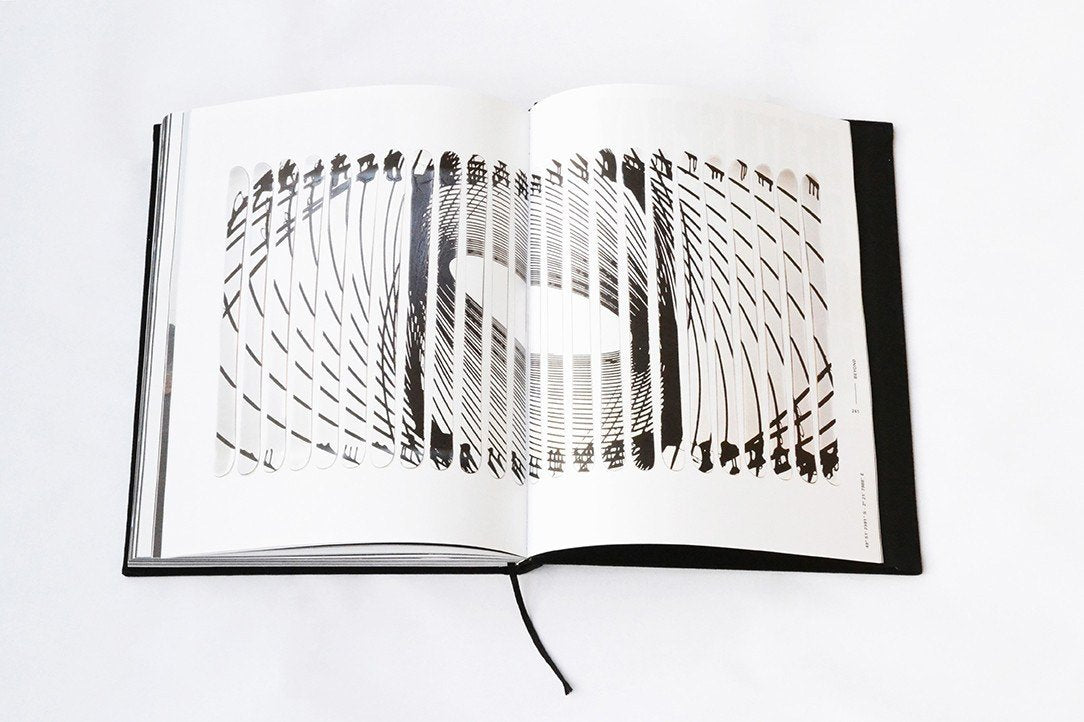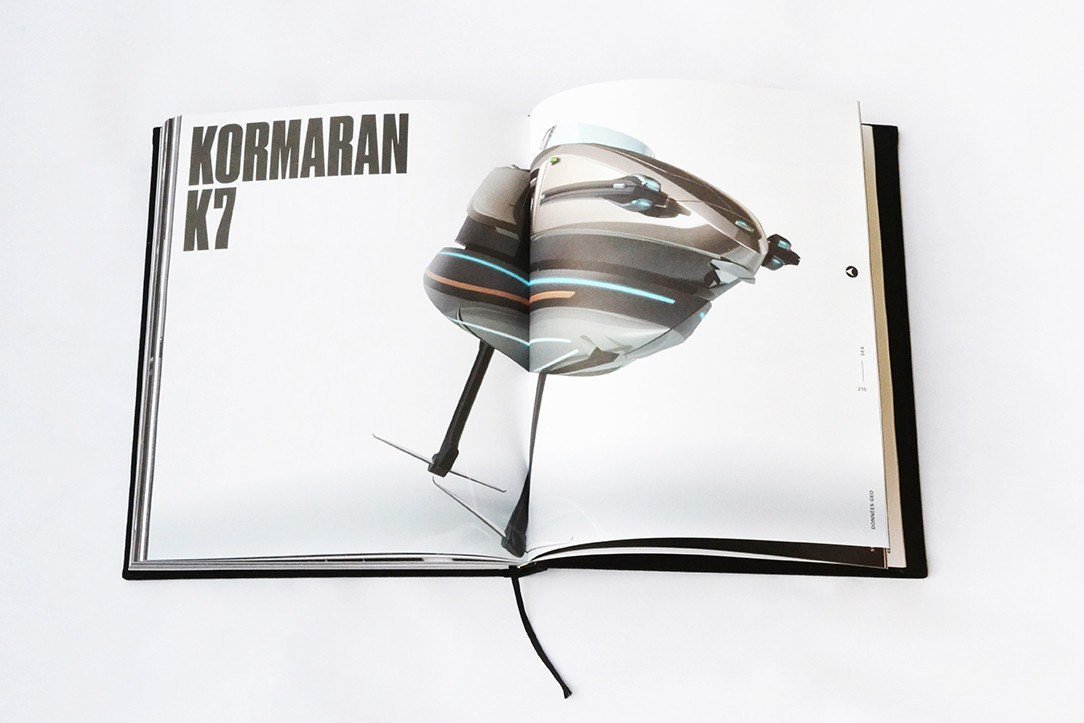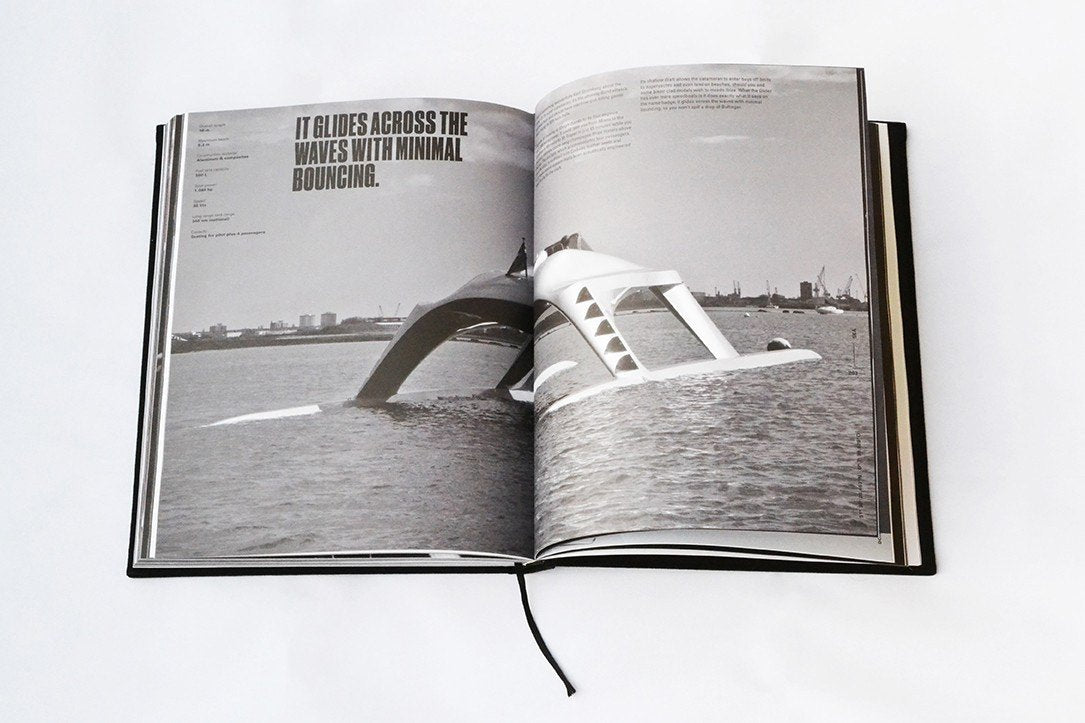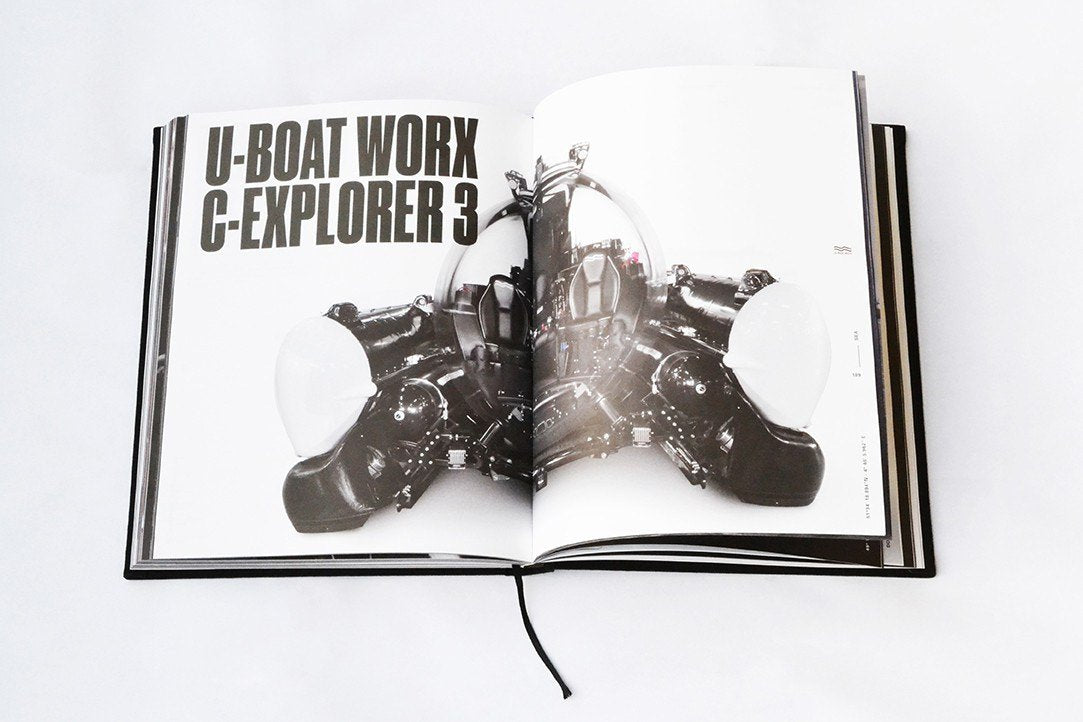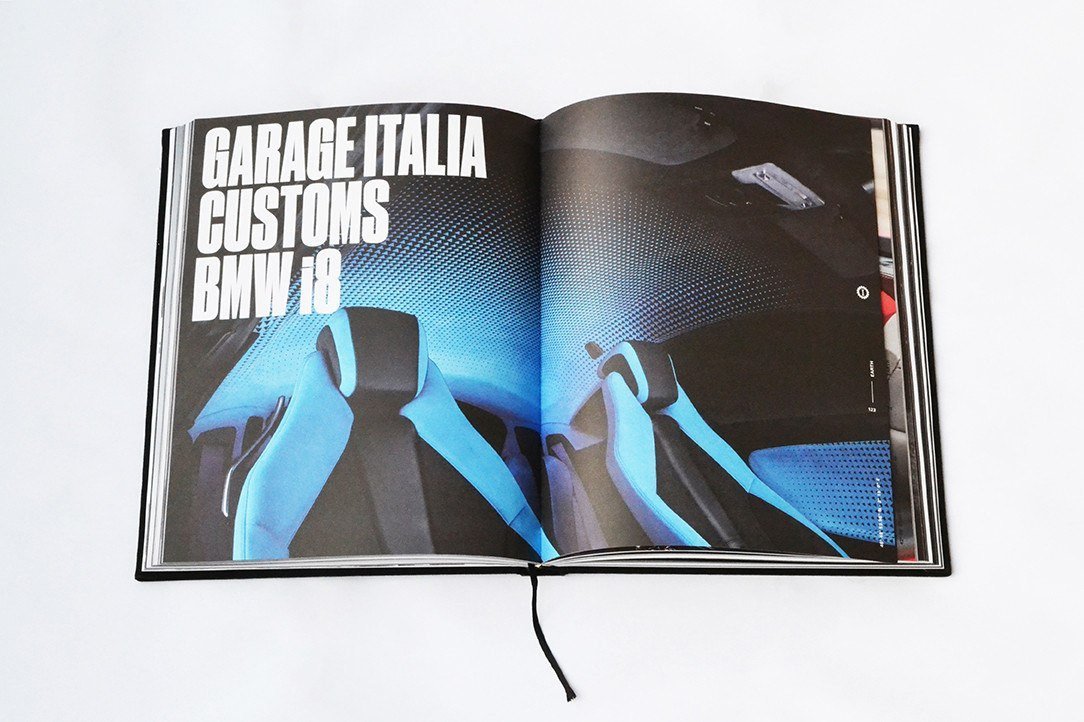The slogan of Citroën is "Créative Technologie", a French phrase that signals the brand's eternal pursuit of technological advances. While in modern days, it is simply another player in the European market of automobiles; the French marque carries behind it many revolutionary technologies.
In the middle of the 20th century, almost all automotive brands were working to use independent suspension systems for their cars. Pioneered in 1878, this suspension system provided a much more stable and comfortable ride compared to old technologies such as leaf springs. Citroën was on the pursuit of the most comfortable ride possible which led them to develop their own suspension system. Hydraulic systems are normally used in braking and power steering but the French marque decided to use it for their suspension systems.

The hydropneumatic suspension was invented by Paul Magès and was fitted for the first time in a Traction Avant in 1954. A year after, Citroën released the DS; a car that is considered to be one of the most important automobiles of human history. It is a car that defined Citroën as an innovative automotive manufacturer. The car was a large, luxurious executive car that offered unrivalled comfort. Citroën tried to follow up the car with other, more affordable options but failed to do so as the DS had simply set high expectations for customers wanting nothing but the best. It took them almost two decades to follow up on the DS with the GS that also used their hydropneumatic system.

So how did Citroën make it all work? First, they used a 7-piston hydraulic pump that was driven by the engine. This pump was providing pressure for the purposefully developed LHS fluid that made the brakes, power steering, clutch assembly, gearbox and suspension work. The suspension itself was a symphony of technical tidbits. Every wheel is connected to a control arm which pushes the hydraulic fluid resulting in compressed gas in the sphere. By using a non-linear force-deflecting gas, nitrogen; damping was achieved quickly and smoothly. A flexible membrane keeps them apart from each other.

You would think that this soft suspension would lead to cars leaning over curves but Citroën had already thought of this issue. They made the car self-levelling by using a smart system. When the car is turning, it detects the corner which is being pressed down and then would pump hydraulic fluid towards it to level the car in its entirety. Modern adaptations of this system use electronic monitors to deliver the fluid but the older ones used valves. The ride comfort paired with the sharp turning without body roll made these cars famous for their silky-smooth ride, going as far as calling them magic carpets.
To this day, Citroën is the patent owner of this suspension system and its superior comfort has lead other manufacturers like Rolls Royce and Mercedes-Benz to develop their own similar systems.
